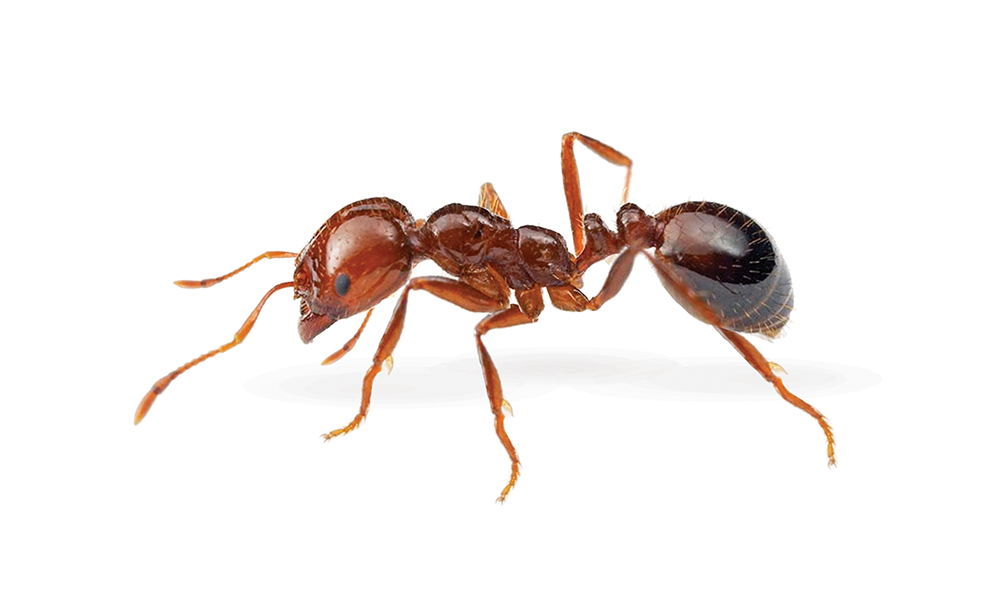Citrus Grove Fire Ant Control
Protect Your Citrus Groves with Extinguish® Products
Fire ants can cause damage to citrus groves. Not only do they endanger citrus workers with their painful stings, but they also damage young developing trees and existing fruit.
According to the University of California Agriculture and Natural Resources program, fire ants feed on trees to get to the sap, which will kill young saplings. The triple threat fire ants pose to workers, citrus crops, and the growth of young non-bearing trees is too high to risk.
Central Life Sciences has the solutions that citrus growers are looking for to eliminate problem fire ant colonies with effective, economical control.
Extinguish® Professional Fire Ant Bait
- Containing the active ingredient, (S)-methoprene, an Insect Growth Regulator (IGR) which affects a fire ant queen's reproductive abilities
- Stops young colonies from developing into problem colonies in your citrus grove
- Controls and eliminates colonies — no mound movement
- 1-1.5 lb. per acre
- Available in 25 lb. bags
- USDA Imported Fire Ant Quarantine Approved
Extinguish® Plus fire ant bait
- Gives non-bearing citrus trees a fighting chance against fire ants
- Combines the killing power of an adulticide, Hydramethylnon, and the long-lasting control of an insect growth regulator (IGR), (S)-methoprene
- Colony reduction begins in about a week and colony elimination may be seen within 2 weeks
- Broadcast – 1.5 pounds of product per acre
- Available in 1.5 lb., 4.5 lb. and 25 lb. containers
- USDA Imported Fire Ant Quarantine Approved
Extinguish® Professional Fire Ant Bait and Extinguish® Plus are formulated for dry conditions and should not be applied within 6 hours of a rain event. Fire ants will not be attracted to wet bait. Take care to apply product when citrus groves are dry from dew or irrigation.
Learn more about the fire ants that Extinguish® Professional Fire Ant Bait and Extinguish® Plus target in citrus groves:

Red Imported Fire Ants
Both imported and native red fire ants damage costly agriculture equipment in citrus groves with their tall, hardened mounds. They adversely impact growing saplings, and put employees and wildlife at risk with their painful, sometimes fatal stings.

Southern California Fire Ants
Mostly found in Southern California, this fire ant is typically smaller than the red imported fire ant, but is also capable of extensive damage to your citrus and painful stings. Particularly sensitive to footsteps, the Southern fire ant colony is poised to attack given any disturbance to their mound.

Harvester Ants
With underground nests and small mounds, harvester ants feed on seeds and are also capable of painful stings that can be fatal to small animals. They pose a threat to both wildlife and people when their colonies are disturbed.

Big-Headed Ants
Big-headed ants nest in soil, typically underneath debris and equipment left on the ground. As indicated by the name, they are identifiable by their big heads, and they feed on seeds and honeydew.

Argentine Ants
Argentine ants have a small stature, and build shallow nests underground. What makes them particularly troublesome is that one colony can have multiple queens, which makes them poised for rapid growth.

Pavement Ants
Pavement ants are the most common species of ants found in the United States, and they form large colonies, often containing over 10,000 worker ants. The colonies have one or a few queens, and a large number of non-reproductive female workers.



